
100 MOTHER OF THYME aka Lemon Broadleaved Large Thyme Thymus Etsy
Per Gardening Know How, creeping thyme, or "Mother of Thyme," is a slightly minty variety of the herb that can be used fresh or dried, and, like other varieties, works well in everything from.

Mother of Thyme Thymus serpyllum North Carolina Extension Gardener Plant Toolbox
Thymus zygiformis var. mirkovicii Gajic. Thymus praecox is a species of thyme. A common name is mother of thyme, [2] but "creeping thyme" and "wild thyme" may be used where Thymus serpyllum, which also shares these names, is not found. It is native to central, southern, and western Europe .

Mother of Thyme Seeds Park Seed
They are sometimes commonly called red creeping thyme, wild thyme or mother-of-thyme. They have numerous, thin, somewhat woody stems that form a flat mat (2-3" tall) with tiny, rounded, glossy blue-green leaves (to 1/4"). Although leaves are aromatic, strength of scent varies according to season and habitat and leaves are usually not considered.
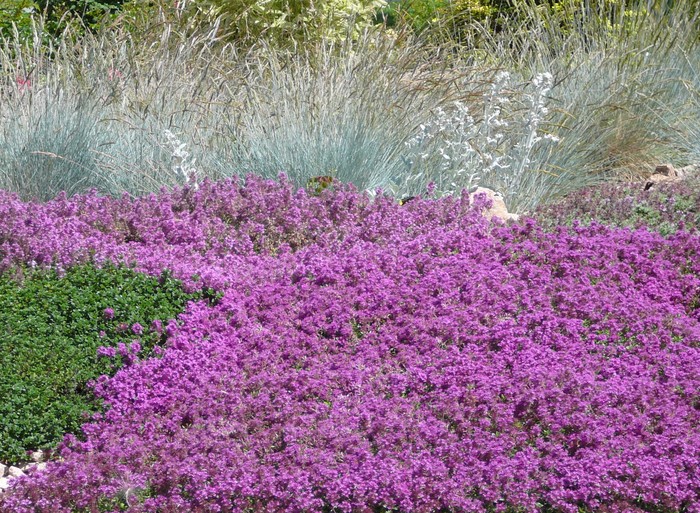
Mother of Thyme Okanagan Xeriscape Association
Thymus serpyllum, commonly called wild thyme, creeping thyme or mother-of-thyme, is a hairy, prostrate, creeping, woody-based perennial which is primarily grown as an ornamental ground cover. It is rarely used in cooking ( Thymus vulgaris is the culinary thyme most commonly used in cooking). Wild thyme is native to Europe, western Asia and.

Creeping Mother of Thyme Thymus Serpyllum Mother of Thyme Etsy
Description. Creeping thyme is a dwarf, low-growing, creeping, woody evergreen. It is grown primarily as an ornamental groundcover. The plant's leaves are aromatic, but it is not typically used in cooking. It measures 2-3 inches tall and 3 to 12 inches wide. Creeping Thyme is native of Northern Europe, Western Asia, and Northern Africa.

Mother of Thyme, Creeping Thyme Seeds (Thymus serpyllum) Seed Needs LLC
Mother of thyme, or Thymus praecox Opiz, is a perennial shrubby culinary herb from the mint family. Foliage is dense and mat-forming, making mother of thyme suitable for use as a ground cover, in borders, or combined with other plantings in containers. Mother of thyme prefers full sun, well-drained soil, and is drought tolerant.
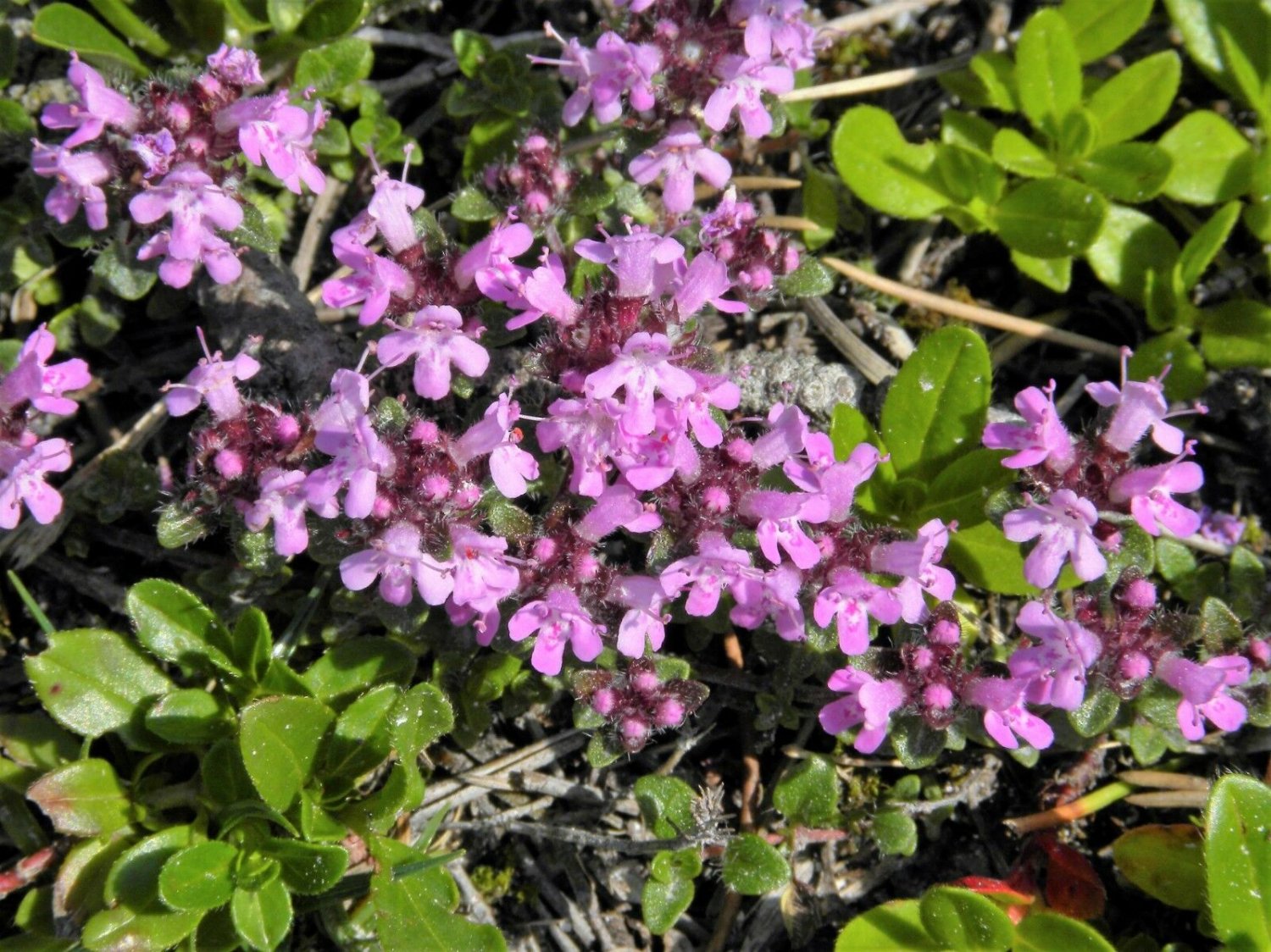
100 Mother Of Thyme Lemon Broadleaved Thymus Pulegioides Herb Pink Flower Seeds SBR11
Creeping wild thyme (T. serpyllum, formerly T. praecox), also called "mother of thyme," is native to the temperate regions of Eurasia, from Eastern Europe to Siberia.This species is hardy in USDA Hardiness Zones 4 to 8.This especially low-growing species hugs the ground, reaching "heights" of about 3 inches and can spread up to a foot.
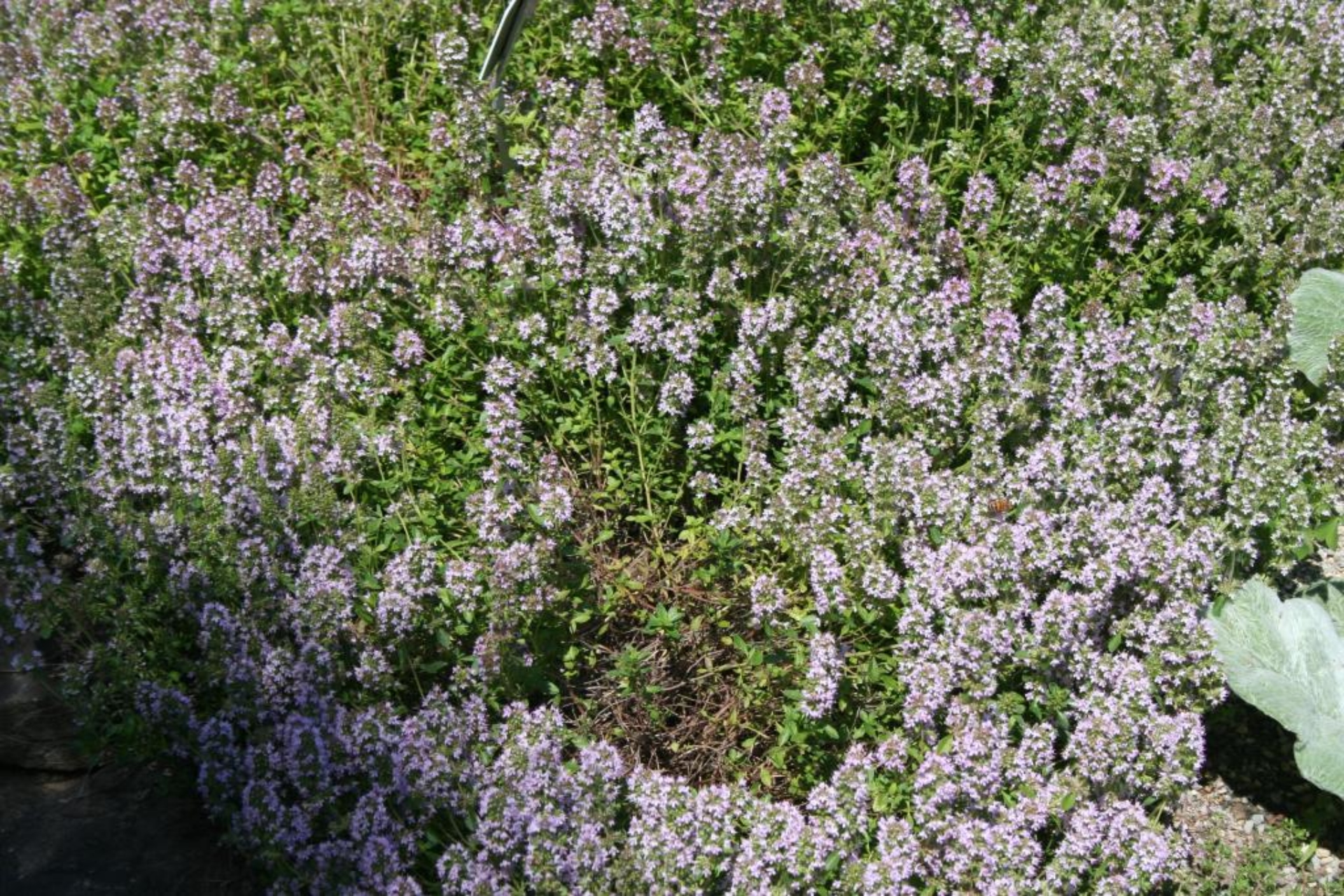
Motherof thyme The Morton Arboretum
Mother of Thyme is an ideal choice for planting between walkway stones, edging the flower or vegetable garden, or cascading over rocks or wood in a terraced garden. Its dense, spreading habit makes it the ideal groundcover, while its rich fragrance and bright blooms add immeasurably to the appeal of any landscape.
Lisi's Nature Pix Thymus praecox Mother of Thyme
Creeping thyme, also known commonly as 'Mother of Thyme,' is an easily grown, spreading thyme variety. It is excellent planted as a lawn substitute or among stepping stones or pavers to create a living patio. Let's learn more about creeping thyme plant care.

Mother of Thyme (thymus serpyllum) Tripple Brook Farm
The creeping thyme I was looking for turns out to be Thymus praecox and is sometimes called Mother of Thyme. Creeping thyme is a 2- to 3-inch tall aromatic creeper that may spread several feet across. It is technically a woody perennial but the woody portion of the plant is not very woody and then only near the base of the plant.
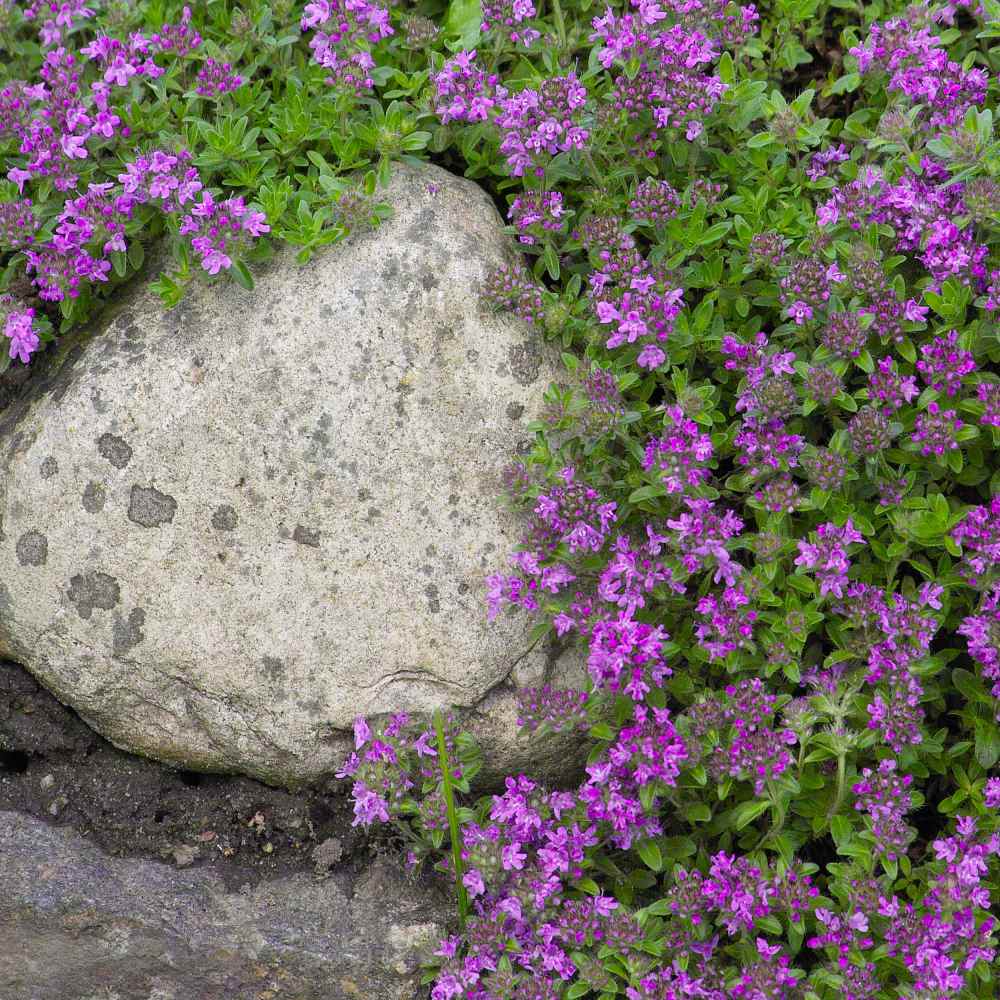
Creeping Thyme Thymus Serpyllum Mother of Thyme Drought Tolerant Ground Cover Plant Seed
Mediterranean Creeping Thyme: This plant produces lots of deep pink flowers in big clusters. It spreads up to 18 inches, grows best in full sun, and attracts plenty of butterflies and bees. Red Creeping Thyme: Also referred to as coccineus, this thyme can be identified by magenta flowers.

MotherofThyme • Kiwi Nurseries Ltd
Mother-of-Thyme: USDA Zone: 2-9: Plant number: 1.515.100. There are a great many selections of Thyme grown in gardens, all of them with edible leaves and some degree of fragrance and flavor. This is a vigorous mat-forming species, with dark green leaves and clusters of bright rose-purple flowers. One of the best for large groundcover plantings.

Creeping Mother of Thyme thymus Serpyllum 100seeds Etsy Canada
Creeping Thyme, Wild Thyme, Breckland Thyme, Mother of Thyme, Wholly Thyme . Primarily used as a ground cover, Thymus serpyllum (Creeping Thyme) is a dwarf, aromatic shrub forming a low cushion of tiny, pointed, glossy blue-green leaves that turn bronze in the fall. Blooming profusely from early to mid-summer, it features clusters of tiny, deep.

PlantFiles Pictures Thymus Species, Mother of Thyme, Broadleaved Thyme, Large Thyme (Thymus
Prune back creeping thyme stems in the early spring to prepare the plant for the growing season ahead. Prune again after the flowers die back, usually by the end of summer. In late fall, after the first frost, prune the leggiest, woodiest stems by half. This pruning encourages vigorous, young growth in the spring.
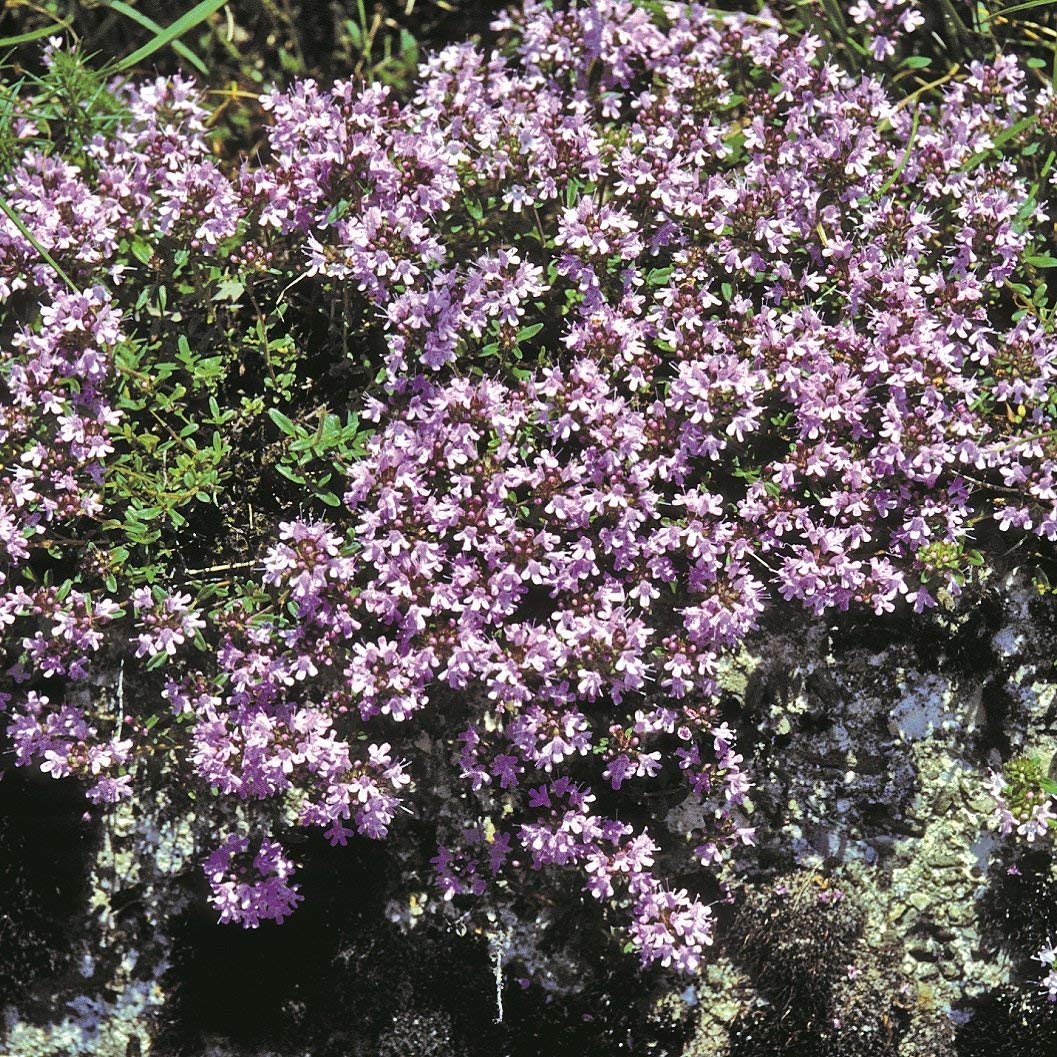
Creeping Thyme Thymus Serpyllum Mother of Thyme Drought Tolerant Ground Cover Plant Seed
Mother-of-thyme is a very low-growing, trailing-root ground cover, seldom growing higher than 3 or 4 inches. Trailing-rooting ground covers have trailing stems that spread out horizontally from a central root system. They can root where they come in contact with the soil and new shoots will be formed at the point where rooting occurs.
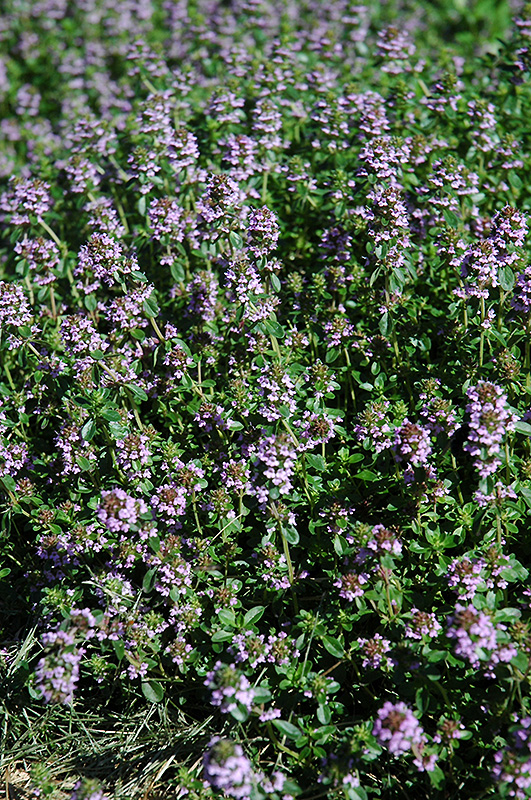
MotherofThyme (Thymus praecox) in Edmonton St Albert Sherwood Park Stony Plain Alberta AB at
Mother of Thyme; Woolly Thyme; Phonetic Spelling THY-mus PRAY-koks Description. Creeping thyme is a low-growing, creeping, woody-based perennial.in the Lamiaceae (mint) family native to Greenland, Europe, and Turkey. The origin of the word "thyme" is from the Greek word thumos, which means courage. In the past, thyme was thought to have been an.